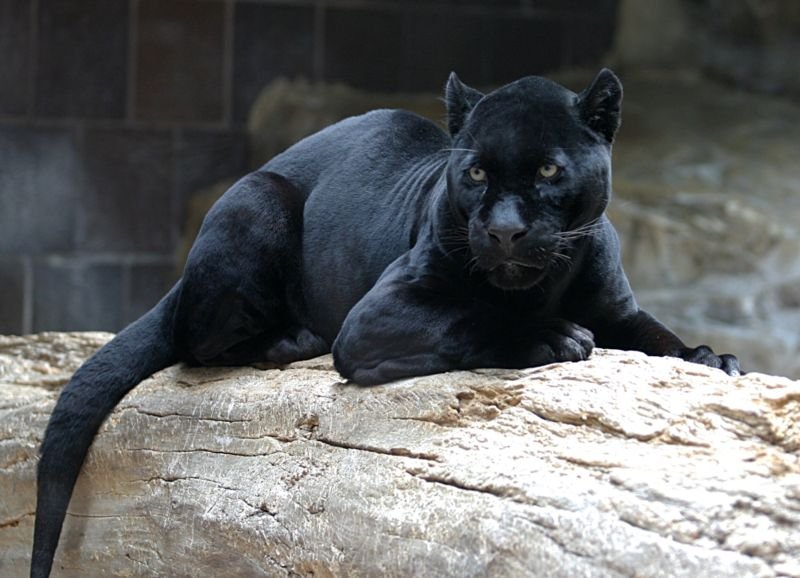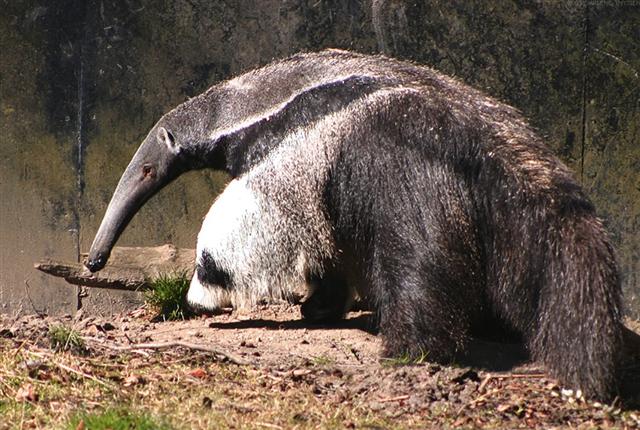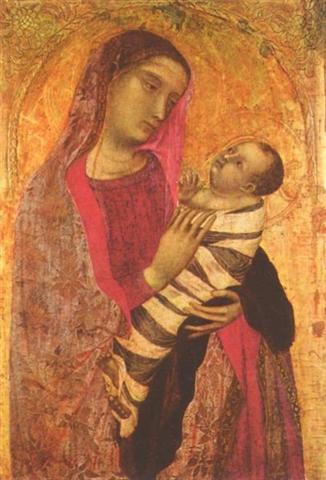Somewhat uncertain is whether the date-determining stars
always were heliacal or whether there could have been a sudden shift in mid-year
to stars close to the Full Moon.
... When this tremendous task had been accomplished Atea took
a third husband, Fa'a-hotu, Make Fruitful. Then occurred a
curious event. Whether Atea had wearied of bringing forth
offspring we are not told, but certain it is that Atea and
her husband Fa'a-hotu exchanged sexes. Then the eyes of
Atea glanced down at those of his wife Hotu and they
begat Ru. It was this Ru who explored the whole earth
and divided it into north, south, east, and west ...
Therefore we ought to add the latter
stars to our documentation:
| ihe
tamaiti |
kotia - te
hokohuki |
kava haati |
kiore |
te
hokohuki |
kua tu te
rau hei |
te moko -
te hokohuki |
|
Tia.
(Tiha G) .To sew. T Mgv.:
tia, to prick, to pierce, to stick in.
Churchill. Ta.: tia, the lower belly.
Mq.: tia-kopu, pubes. Ma.: tia,
the lower abdomen. Tiahonu, to piece
together. Mq.: tuhonu, to mend, to
patch. Ma.: tuhonu, to join.
Churchill. Mq.: tiaha, drinking cup.
Ha.: kiaha, a cup, a mug. Tikao,
to dig out, to disembowel. Ma.: tikaro,
to dig out of a hole. Churchill. KIA.
s. Haw., pillar or inner post of a
house supporting the roof, any kind of
pillar or post, a mast of a vessel;
kia-aina, a supporter of the land, a
governor of a province. Marqu., tia,
id. Sam., ti'a, the stick used in
tanga-tia, a man's head (abusively);
tia-pula, taro-tops cut off for
planting. Sunda, tihang. Mal.,
tiang, a pillar. Greek, κιων,
a pillar, support of the roof, the identical
sense of the Polynesian usage of the word.
Liddell and Scott give no etymology or
connections of κιων.
(Fornander) |
 |
 |
 |
 |
 |
 |
 |
|
Cb6-5 (146 + 366) |
Cb6-6 (11 * 11) |
Cb6-7 (392 + 122) |
Cb6-8 |
Cb6-9 |
Cb6-10 |
Cb6-11 |
|
CLOSE TO
THE FULL MOON: |
|
Rishu A.-13 (Head of the Lion)
ψ Leonis (146.4),
RAS ELASET AUSTRALIS = ε Leonis
(146.6)
*105.0 = *146.4 - *41.4 |
VATHORZ PRIOR =
υ
Carinae
(147.9) |
υ¹
Hydrae (148.4),
RAS ELASET BOREALIS (Northern Head of the
Lion) =
μ
Leonis
(148.7)
*107.0 = *148.4 - *41.4 |
TSEEN KE (Heaven's Record) =
φ
Velorum
(149.9) |
ν Leonis (150.1), π Leonis (150.6) |
υ² Hydrae (151.8) |
Al Jabhah-8 (Forehead) /
Maghā-10 (Bountiful) /
Sharru-14 (King)
10h (152.2)
AL JABHAH = η Leonis
(152.4),
REGULUS
(Little KIng) =
α
Leonis
(152.7)
*111.0 = *152.4 - *41.4 |
 |
|
Aug 14 |
15 (227) |
16 |
17 |
18 |
19 |
20 |
|
'July 18 |
19 (200) |
20 |
21 |
22 |
23 |
24 |
|
"July 4 |
TE
ANAKENA 5 (186) |
6 |
7 |
8 |
9 |
TE
ANAKENA 10 (191) |
|
Arkat sha hi-na Shahū-27 (Eastern One in the
Tail of the Goat)
ENIF (The Nose) =
ε
Pegasi, ERAKIS =
μ
Cephei
(329.2),
46 CAPRICORNI,
JIH (the Sun) =
κ
Pegasi
(329.3),
ι
Piscis Austrini (329.4),
λ
Capricorni (329.6),
ν
Cephei (329.7),
DENEB ALGIEDI
=
δ
Capricorni
(329.8)
*288.0 = *329.4 - *41.4 |
θ
Piscis Austrini (330.1),
λ
Oct.
(330.7) |
KUH (Weeping) =
μ
Capricorni
(331.4),
γ
Gruis (331.5)
*290.0 = *331.4 - *41.4 |
no star listed (332) |
η Piscis Austrini (333.4)
*292.0 = *333.4 - *41.4 |
22h (334.8)
KAE UH (Roof) = ο Aquarii
(334.0),
AL KURHAH (White Spot) = ξ Cephei
(334.4),
SADALMELIK
(Lucky King) = α Aquarii, AL DHANAB (The Tail) = λ Gruis
(334.6), ι Aquarii, ν Pegasi (334.7)
*293.0 = *334.4 - *41.4 |
ι Pegasi (335.0),
ALNAIR (The Bright One) = α Gruis
(335.1), μ Piscis Austrini, υ Piscis
Austrini (335.3),
WOO (Pestle) = π Pegasi
(335.7),
BAHAM = θ Pegasi,
τ Piscis Austrini (335.8 |
|
... The
jaguar learned from the grasshopper that the
toad and the rabbit had stolen its fire
while it was out hunting, and that they had
taken it across the river. While the jaguar
was weeping at this, an anteater came along,
and the jaguar suggested that they should
have an excretory competition. The anteater,
however, appropriated the excrement
containing raw meat and made the jaguar
believe that its own excretions consisted
entirely of ants. In order to even things
out, the jaguar invited the anteater to a
juggling contest, using their eyes removed
from the sockets: the anteater's eyes fell
back into place, but the jaguar's remained
hanging at the top of a tree, and so it
became blind. At the request of the
anteater, the macuco bird made the jaguar
new eyes out of water, and these allowed it
to see in the dark. Since that time the
jaguar only goes out at night. Having lost
fire, it eats meat raw. It never attacks the
macuco ...

 |
There was a pair of kings: the Little King (Regulus)
and the Lucky King (Sadalmelik). The Lion
clearly characterized the hot summer season and Sadalmelik
was in the wet winter season. A kind of pillar could
be imagined between them, dividing the year into a
pair of halves. The
celestial dry season evidently ended in Aquarius:

The
Sun was at the Tail of the Goat when the Full Moon was at the Head
of the Lion. And the Tail of the Goat was at the left shoulder of
Aquarius. On Easter Island - where the seasons were 'upside down' -
the Full Moon observed at the Head of the Lion ought to have indicated the
same season as when north of the equator the Sun was at the Head of the Lion, viz. summer
ahead.
When
Makoi (Saturn) just before day 186 (= 19 * 29) had anticipated his role
to stay on Easter Island by naming places without regard to Hau
Maka in Hiva it ought to have pointed at right
ascension day *288 (= *654 - *366) at the time of Bharani, viz. when
Old Sun had reached Deneb Algiedi (The Tail of the Goat).
... The Julian calendar day Thursday, 4 October
1582 was followed by the first day of the Gregorian calendar,
Friday, 15 October 1582 (the cycle of weekdays was not affected)
...
... At the time of Bharani the Sun would have
reached Antares in "October 15 (288)
...
 |
|
Aug 14 (226 = 185 + 41) |
|
*146 |
|
Febr 12 (43 = 226 - 183) |
|
*329 = *146 + *183 |
|
"July 4
(185) |
|
*105 = *146 - *41 |
|
*105 + *183 = *329 - *41 |
|
"Jan 3 (368 = 185 + 183) |
The
glyph type tamaiti could here have indicated a new little Sun
ahead.
 |
 |
|
tamaiti |
Cb6-5 |
Tama. 1. Shoot (of plant),
tama miro, tree shoot; tama tôa, shoot of sugarcane.
2. Poles, sticks, rods of a frame. 3. Sun rays. 4. Group of people
travelling in formation. 5. To listen attentively (with ear,
tariga, as subject, e.g. he tama te tariga); e-tama
rivariva tokorua tariga ki taaku kî, listen carefully to my
words. Tamahahine, female. Tamahine (= tamahahine),
female, when speaking of chickens: moa tamahine, hen.
Tamâroa, male. Vanaga. 1. Child. P Pau.: tama riki,
child. Mgv.: tama, son, daughter, applied at any age. Mq.:
tama, son, child, young of animals. Ta.: tama, child.
Tamaahine (tama 1 - ahine), daughter, female.
Tamaiti, child P Mq.: temeiti, temeii, young
person. Ta.: tamaiti, child. Tamaroa, boy, male. P
Mgv.: tamaroa, boy, man, male. Mq.: tamaóa, boy. Ta.:
tamaroa, id. 2. To align. Churchill. In the Polynesian this [tama
na, father in the Efaté language] is distinguished from táma
child by the accent tamā or by
the addition of a final syllable which automatically secures the
same incidence of the accent, tamái,
tamana ... Churchill 2


|







